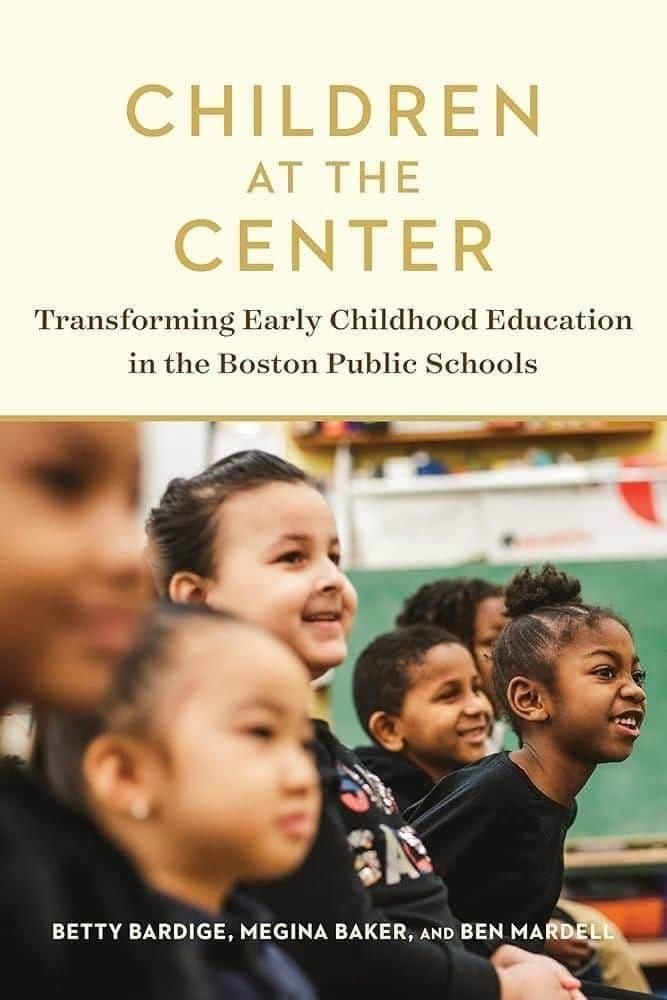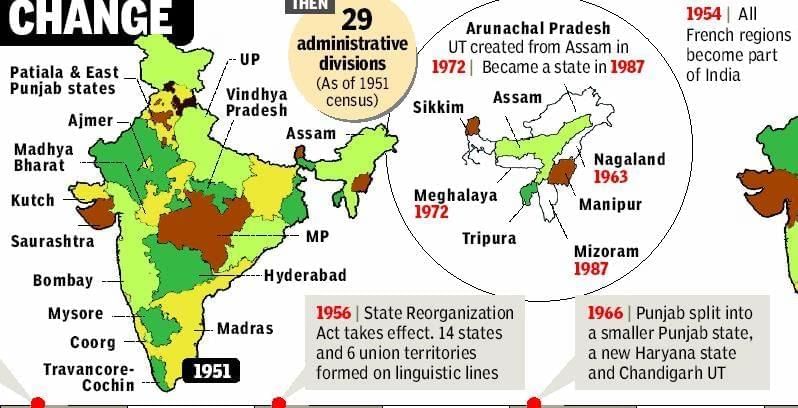Weekly Current Affairs (22nd to 31st July 2025) - 2 | Weekly Current Affairs - UPSC PDF Download
Nudges From the Court, Silence from the Commission
Why in News?
The Supreme Court of India has raised urgent questions regarding the Special Intensive Revision (SIR) of electoral rolls in Bihar, which was initiated by the Election Commission of India (ECI). While the ECI describes this as a routine update, the implications suggest a troubling shift that could undermine India's democratic electoral framework.
Key Takeaways
- The SIR process requires voters to provide documentation to prove citizenship, contradicting the traditional presumption of inclusion in the electoral system.
- Millions of marginalized individuals may be disenfranchised due to stringent documentation requirements.
- This policy represents a significant departure from India's foundational vision of universal adult suffrage.
Additional Details
- Disenfranchisement Risks: The SIR demands voters present rare documents like birth certificates and passports within a strict one-month timeframe, threatening to disenfranchise over 6.5 million people in Bihar alone.
- Historical Context: This situation resembles the Jim Crow era in the United States, where similar bureaucratic barriers were used to suppress marginalized populations.
- The shift from presumed inclusion to presumptive exclusion alters the fundamental nature of belonging in a diverse society like India.
- Judicial Response: The Supreme Court's scrutiny of the ECI's actions is a positive development, but more assertive intervention is necessary to uphold the Constitution's core values.
This situation transcends mere administrative issues; it is fundamentally about power dynamics in democracy. If disenfranchisement continues unchecked, India risks becoming a democracy in name only. Citizens must reclaim their right to vote as an inherent birthright, rather than a privilege conditional on bureaucratic compliance.
Why the World Needs Better Green Technologies
 Why in News?
Why in News?
Amidst the global surge in demand for clean energy and the commitment of nations to fulfill their climate obligations, silicon solar panels have emerged as the leading technology. Their widespread use has transformed the landscape, from urban rooftops to expansive solar farms in rural areas.
Key Takeaways
- Low Energy Efficiency: Silicon solar panels convert only 15-18% of solar energy into electricity, necessitating more panels to meet energy demands.
- High Land Requirement: Their low efficiency means larger areas are needed for installation, which can impact agricultural and conservation lands.
- Environmental Footprint: Manufacturing silicon panels is energy-intensive and involves toxins, partially negating their environmental benefits.
Additional Details
- Electrolysis for Green Hydrogen: This process consumes more energy than the hydrogen it produces, raising concerns about economic viability. For instance, pilot projects in Ladakh highlight the low net energy gain.
- Storage and Transportation Challenges: Hydrogen's low density complicates storage and transport, requiring high-pressure tanks or cryogenic conditions, which are costly and present safety concerns.
- Artificial Photosynthesis (APS): APS can directly convert sunlight, water, and CO2 into fuels like green hydrogen, potentially eliminating energy losses associated with current technologies.
- Renewable Fuels of Non-Biological Origin (RFNBO): Investing in RFNBO can enhance India's energy independence and support cleaner fuel production, addressing the country's heavy reliance on imported fossil fuels.
In conclusion, as India and the world strive to meet climate goals, reevaluating the efficiency and sustainability of current technologies is crucial. Emphasizing next-generation renewable technologies will not only help in achieving energy self-sufficiency but will also align with global trends in clean energy innovation.
SC Reserves Verdict on Age Cap for Surrogacy
Why in News?
The Supreme Court of India has reserved its verdict on several petitions that challenge the age restrictions set by the Surrogacy (Regulation) Act, 2021 and the Assisted Reproductive Technology (Regulation) Act, 2021. This is particularly relevant for couples who initiated the surrogacy process before these laws came into effect.
Key Takeaways
- The age limits for intending parents under the Surrogacy and ART Regulation Acts (2021) have raised significant legal challenges.
- Petitioners argue that the retroactive age restrictions violate their rights and lack a grandfather clause for transitional protection.
- The Supreme Court is examining the constitutional validity of these age restrictions and their implications on reproductive rights.
Additional Details
- Legal Framework: The Surrogacy and ART Regulation Acts aim to ban commercial surrogacy and promote altruistic surrogacy. Key provisions include age limits for couples: women aged 23-50 years and men aged 26-55 years. Single women eligible for surrogacy must be widows or divorcees aged 35-45.
- Petitioners' Arguments: Couples who began fertility treatments before January 2022 argue that the retroactive age cap disqualifies them mid-process, violating their rights under Article 14 (Right to Equality) and Article 21 (Right to Life and Personal Liberty).
- Government's Stand: The government defends the age limits as necessary for medical safety, citing risks associated with advanced parental age.
- Supreme Court's Observations: The court has questioned the rationale behind the age cap, emphasizing compassion and the need for regulations that do not deny genuine parenthood.
The upcoming verdict from the Supreme Court is anticipated to significantly impact how laws governing assisted reproduction balance medical ethics, legislative intent, and individual reproductive rights. It may also establish a precedent for future legal considerations regarding transitional scenarios and personal autonomy in health-related legislation.
Transforming Early Childhood Care and Education
 Why in News?
Why in News?
The National Education Policy (NEP) 2020 signifies a major change in India's educational framework, especially regarding Early Childhood Care and Education (ECCE). This new policy aims to address historical inequities in early education by institutionalizing ECCE in government schools, thus striving for greater equity and quality in foundational learning.
Key Takeaways
- The NEP 2020 aims to integrate preschool classes into government schools, promising universal ECCE by 2030.
- This initiative seeks to close the gap in early education, particularly for children from lower socio-economic backgrounds.
- There is a growing trend of children migrating from Anganwadi centres to formal school environments.
- Robust planning is essential for the successful implementation of ECCE, including the recruitment and training of skilled educators.
Additional Details
- Historical Context: For decades, government schools did not cater to children aged 3–6, leaving them in Anganwadi centres that, while important for nutrition and care, lacked educational focus.
- Infrastructure Expansion: The NEP outlines a planned expansion of ECCE infrastructure, moving from the stagnation of 14 lakh Anganwadi centres to a network of preschool classes in public schools.
- Migration Trend: Parents increasingly prefer preschool education in government schools, prompted by the perception of better learning environments.
- Reorientation of Anganwadis: To remain relevant, Anganwadis need to focus on the 0–3 age group through structured home visits and supporting pregnant and lactating mothers.
The NEP 2020 presents a comprehensive and equity-driven plan for enhancing early childhood education in India. However, realizing this vision requires overcoming various challenges, including infrastructure, training, and policy coherence. Success will depend on collaboration among education, health, and nutrition sectors, as well as empowering frontline workers to effectively implement these reforms.
Language and Division of States
 Why in News?
Why in News?
Tamil Nadu Governor R N Ravi recently ignited a debate by asserting that the linguistic reorganisation of Indian states has rendered significant segments of the population as “second-class citizens.” His remarks at an event in Gandhinagar suggested that the changes initiated shortly after Independence have compromised national unity.
Key Takeaways
- The linguistic reorganisation began within a decade of India's Independence and has been a subject of contention regarding national unity.
- The formation of states based on language has been seen as a crucial aspect of India's political geography.
Additional Details
- Pre-Reorganisation Political Geography: At the time of Independence in 1947, India inherited a complex administrative structure shaped by British colonial governance, which included direct rule in provinces and indirect control over princely states.
- Four-Part Division under the 1950 Constitution:India was classified into four categories of states:
- Part A States: Included nine former British provinces with elected legislatures, such as Bombay and Madras.
- Part B States: Comprised eight former princely states governed by elected legislatures and a rajpramukh, including Hyderabad and Jammu & Kashmir.
- Part C States: Ten territories directly controlled by the President, examples include Delhi and Himachal Pradesh.
- Part D State: The Andaman and Nicobar Islands were administered by a Lieutenant Governor.
- JVP Committee Warning: In 1949, the JVP Committee cautioned that reorganising states based on language could disrupt national unity.
- Potti Sriramulu's Martyrdom: His death in December 1952 after a hunger strike for a separate Telugu state triggered significant protests, leading to the formation of Andhra on October 1, 1953.
- States Reorganisation Commission (SRC): Established in December 1953 to assess the demand for linguistic statehood, the SRC's recommendations ultimately resulted in the States Reorganisation Act of 1956.
- 1956 Reorganisation: This act redrew India’s political map into 14 states and six Union Territories primarily based on linguistic lines, marking a significant evolution in India's federal structure.
- Balanced Approach: The SRC emphasized that while language and culture are vital, national unity and administrative viability are also crucial for state reorganisation.
- Pluralism vs. Unilingualism: Nehru advocated for cooperation among linguistic groups, arguing against the idea of unilingualism as a foundation for India’s federalism.
- International Observations: Many Western observers anticipated that linguistic divisions would lead to fragmentation; however, India's experience demonstrated that linguistic states fostered integration and efficiency.
In conclusion, India's approach to linguistic reorganisation has not only preserved national unity but has also been seen as an administrative success, helping to maintain coherence in a diverse society. This stands in contrast to other nations, where similar linguistic issues have led to conflict.
|
1452 docs|722 tests
|
FAQs on Weekly Current Affairs (22nd to 31st July 2025) - 2 - Weekly Current Affairs - UPSC
| 1. What are the key components of effective green technologies that can address environmental challenges? |  |
| 2. How does the legal framework affect surrogacy practices and what are the implications of age caps? |  |
| 3. What role does early childhood education play in transforming society? |  |
| 4. How can language impact the division of states and regional identities? |  |
| 5. What are the implications of government nudges on environmental policies? |  |
















